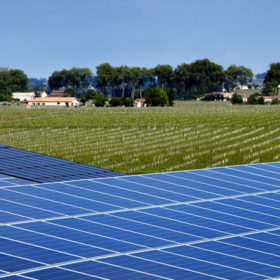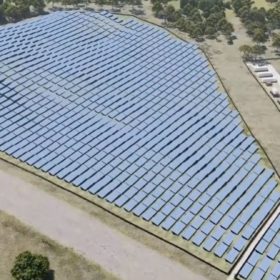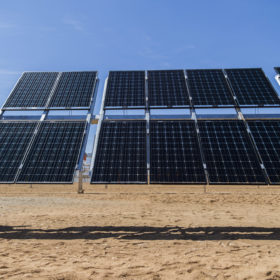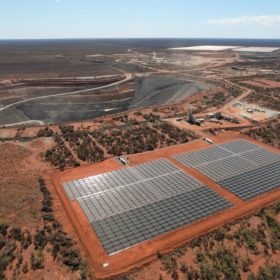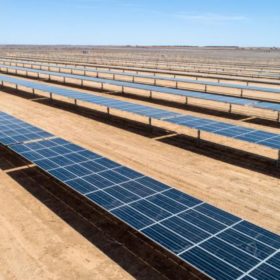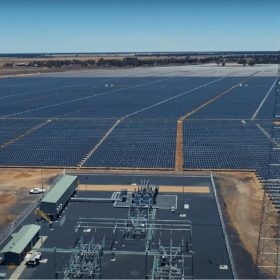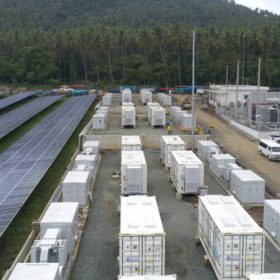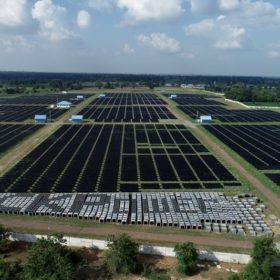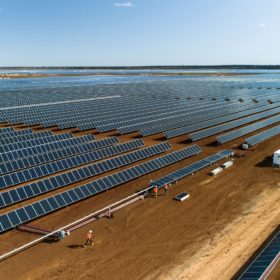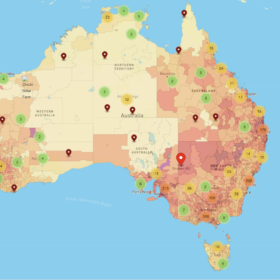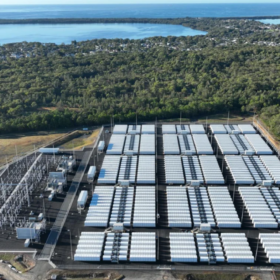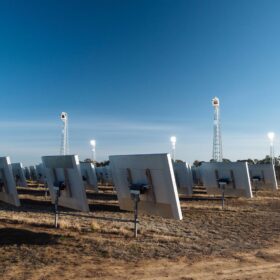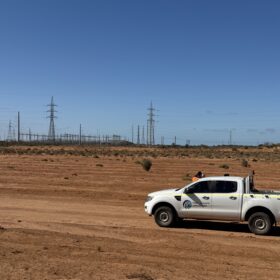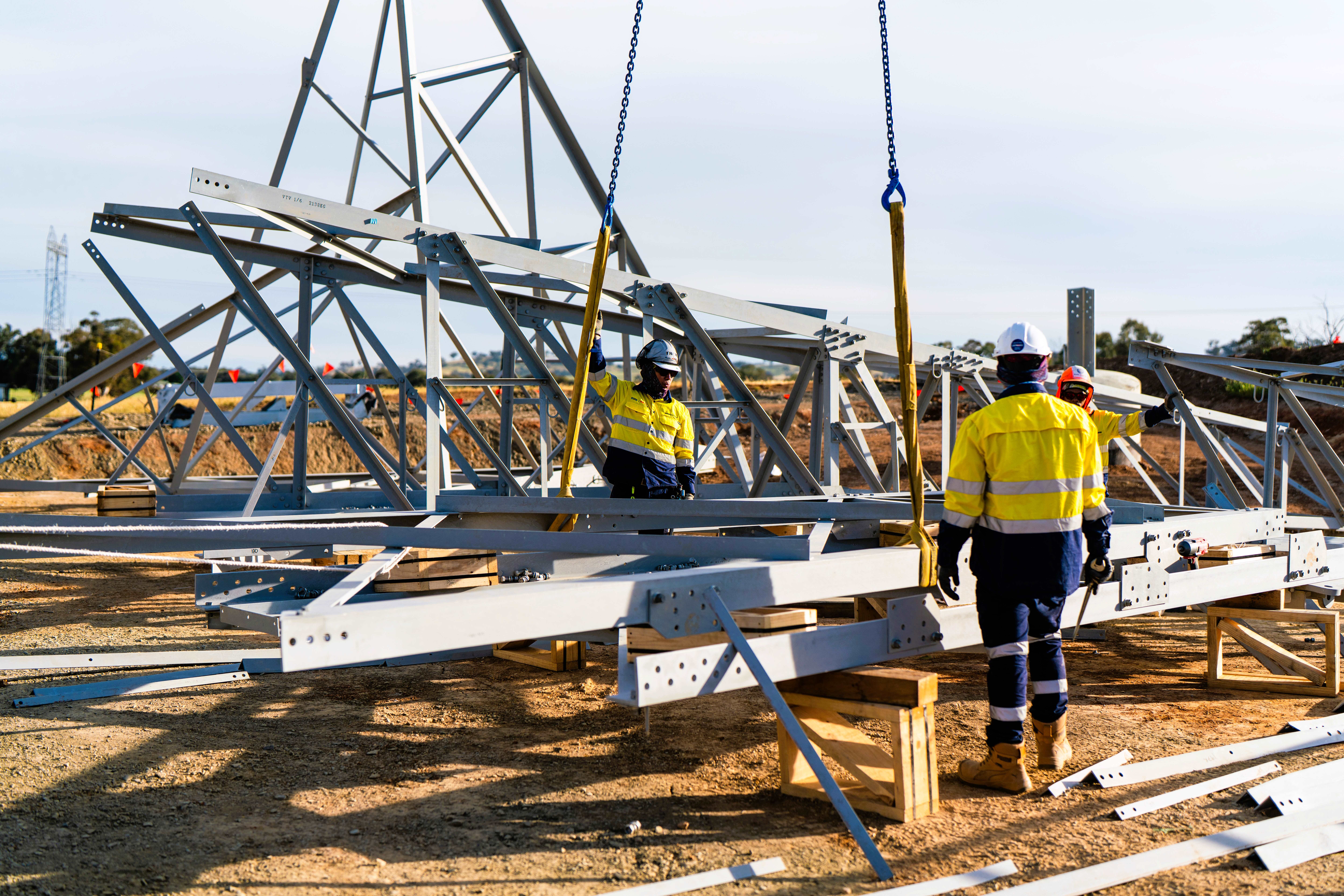Australian-led consortium acquires French solar company with 15GW under development
A consortium led by Australian financial group Macquarie Asset Management will acquire French solar developer Reden Solar. The $3.7 billion (€2.5 billion) transaction is expected to be finalised in the third quarter of this year.
Daintree microgrid gets go ahead after government signs $18 million deal
Construction of an innovative solar to green hydrogen microgrid in the Daintree Rainforest is set to commence with the Federal Government signing off on a multi-million-dollar deal to bring renewable power to communities in the World Heritage-listed region in Far North Queensland.
Frontier advances plans for 114MW solar farm in WA’s southwest
Emerging Western Australian renewable energy project developer Frontier Energy is pushing ahead with “significantly advanced” plans to develop a large-scale solar PV farm in the state’s southwest after the successful completion of an $8 million capital raising.
Nomadic knocks over 2MW solar install in less than 21 days
The merits of pre-assembled and modular solar solutions have been showcased by independent power provider Nomadic Energy which this week revealed it had taken less than 21 days to complete a 2MW install at Northern Star Resources’ Carosue Dam gold mining operation near Kalgoorlie in Western Australia.
Forrest declares work to begin immediately on 1.2GW green energy hub in Queensland
Construction is set to commence immediately on the first stage of a 1.2GW hybrid wind, solar and battery energy storage project in Central Queensland following Australian iron ore magnate Andrew Forrest’s announcement that he has invested $3 billion in the ‘shovel ready’ development.
NSW councils sign $180m renewable energy supply deal
A cohort of 25 New South Wales councils has signed a renewable energy supply deal worth an estimated $180 million that will see the local government associations supplied with electricity sourced from three of the state’s large-scale solar farms.
Philippines’ largest battery comes online at 120MW solar park
The 40MW/60MWh Alaminos Energy Storage system is now connected to the 120MW Alaminos solar park. Both facilities were built by renewable energy developer AC Energy.
Thailand’s CK Power set to double in size through 2.8GW renewables investment
One of Southeast Asia’s biggest generators of renewable electricity, Thailand’s CK Power, is set to double in size over the next three years after announcing plans to add 2.8GW of new renewable electricity generation, including a ten-fold increase in its solar capacity.
Investors float 40GW of renewable energy projects for Hunter-Central Coast REZ
Renewable energy investors have again shattered the New South Wales Government’s expectations with more than 80 clean energy projects representing more than $100 billion of potential investment registering for the Hunter-Central Coast Renewable Energy Zone.
Australia passes 25GW of installed pv capacity, leading world with almost 1kW per person
Australia has hit a historic milestone, reaching 25GW of installed solar. As the Australian PV Institute noted on Monday, that’s more solar per capita than anywhere else in the world.
